
Recently, at the Baijun Conference, several chip companies participated, but I will focus specifically on Texas Instruments (TI).In 2021, TI reported an annual revenue of $18.344 billion, a year-on-year increase of 26.85%, with automotive and industrial sales accounting for over 62% of its revenue (the share from consumer electronics and communication businesses is gradually decreasing).
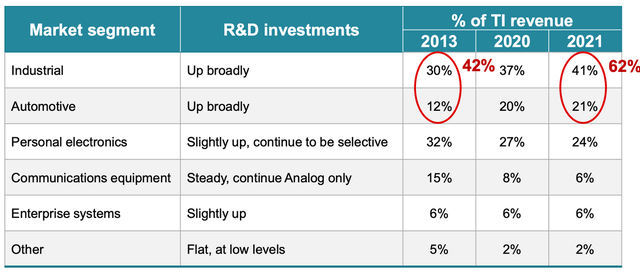
▲ Table 1. Changes in TI’s Business StructureIn terms of investment and expansion, Texas Instruments has shifted from a focus on stable cash flow to significantly increasing the revenue share of future capital expenditures. From a semiconductor perspective, as global investments ramp up, TI, with its broad business lines, has indicated that by 2025, annual expenditures will be approximately $3.5 billion, primarily due to the anticipated growth prospects that require greater capacity to achieve a 7% compound annual growth rate over the next decade (the average growth rate from 2010 to 2020 was 4%).
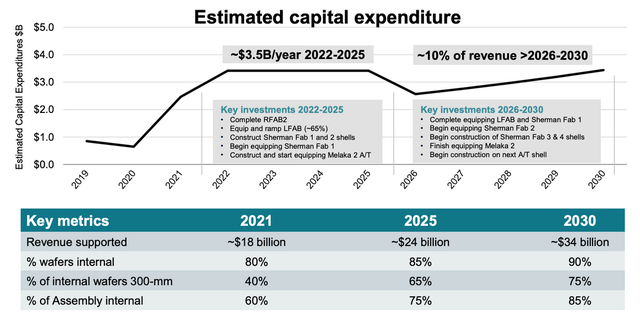
▲ Figure 1. TI’s Revenue Situation

Part 1: Texas Instruments’ ManufacturingFollowing the U.S. Department of Commerce’s new investigation and subsequent passage of new legislation (the U.S. Senate approved the “2022 U.S. Competition Act” in March, providing $52 billion in subsidies for the U.S. semiconductor manufacturing industry), there is a very positive outlook for the expansion of the supply chain for U.S. semiconductor companies domestically.
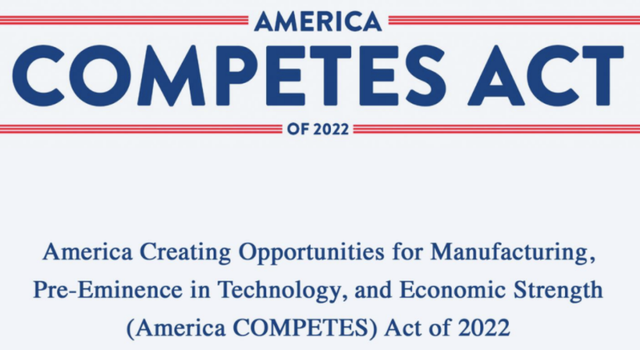
▲ Figure 2. Legislation Surrounding Domestic Chip Manufacturing in the U.S.TI’s main capability lies in IDM manufacturing across a wide range of business lines. In 2022-2023, new chip production facilities are set to come online, including RFAB2 in Richardson and LFAB in Lehi, Utah. The additional capacity from these two plants will help meet demand in the short term. In the long term, a potential $30 billion investment in the Sherman campus could accommodate four chip factories the size of RFAB2, providing additional capacity for 2025 and beyond.
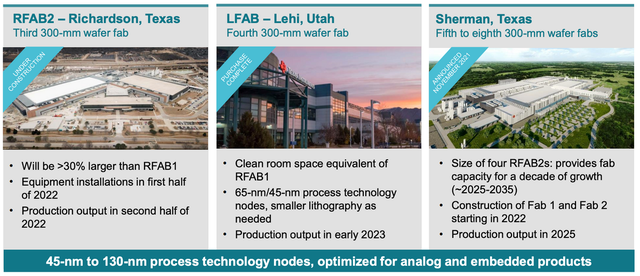
▲ Figure 3. Future Investment Layout of Texas Instruments’ FactoriesMy understanding is that companies like Texas Instruments, which focus on industrial and automotive chips (providing conventional chips with a broad range), along with U.S. chip companies like Qualcomm and NVIDIA focusing on computing power, and SiC-based Wolfspeed and Onsemi focusing on power semiconductors, will form a strong matrix for the next generation of smart electric vehicles globally. Here we see Tesla’s bold application of chips, which has a direct cumulative effect.
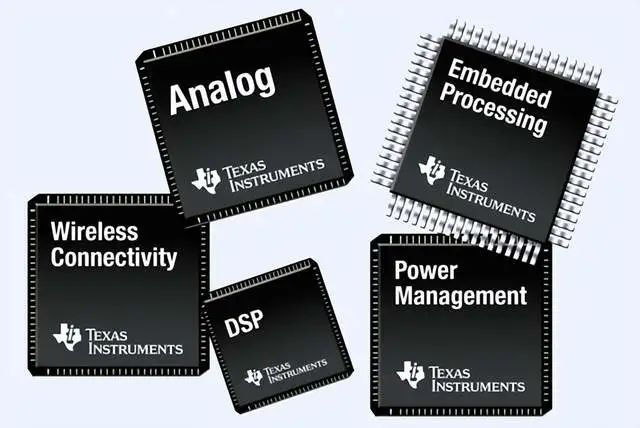
▲ Figure 4. Texas Instruments’ Chip Product Line is Particularly Broad and Provides Strong Support for Industry
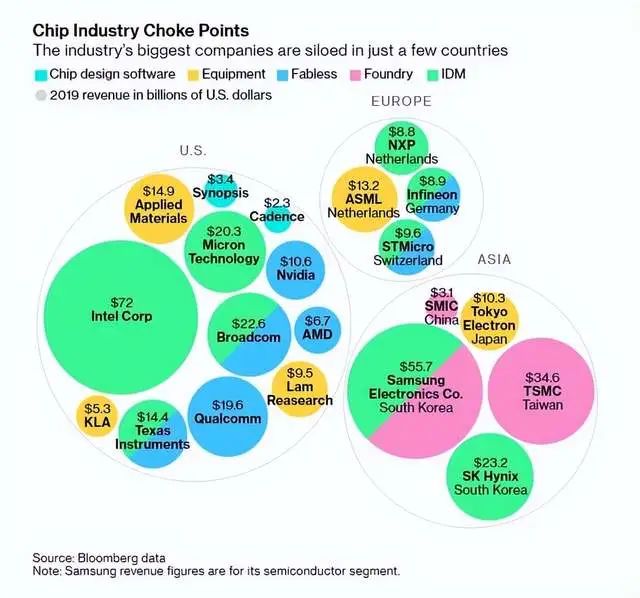
▲ Figure 5. The Semiconductor Industry in the U.S. and Global Situation

Part 2: What Did Texas Instruments Discuss at the Baijun Conference?The topic discussed was “Enhancing Automotive Safety with Innovative ADAS Technology,” which mainly covered three areas:● Perception: Primarily providing millimeter-wave radar chip solutions (AWR2944)● Processing: Jacinto™ 7 processor platform● Communication: Serializer/Deserializer products, reducing system size and cost
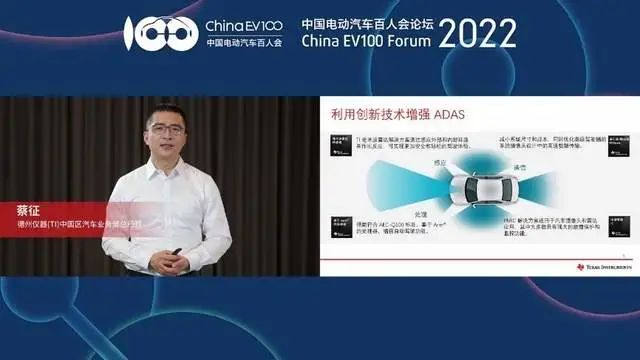
▲ Figure 5. TI’s ADAS Introduction at the Baijun ConferenceLooking back at McKinsey’s previous analysis of traditional automotive electronics, TI’s main advantage is its comprehensive coverage. While organizing the information, I found it difficult to present a concise product line summary. I believe that achieving the level of Texas Instruments, with its layered approach to products, is very solid for business stability, responding to the overall changes in the automotive industry, which essentially involves investing more and tracking customers to develop (spending money) new products.
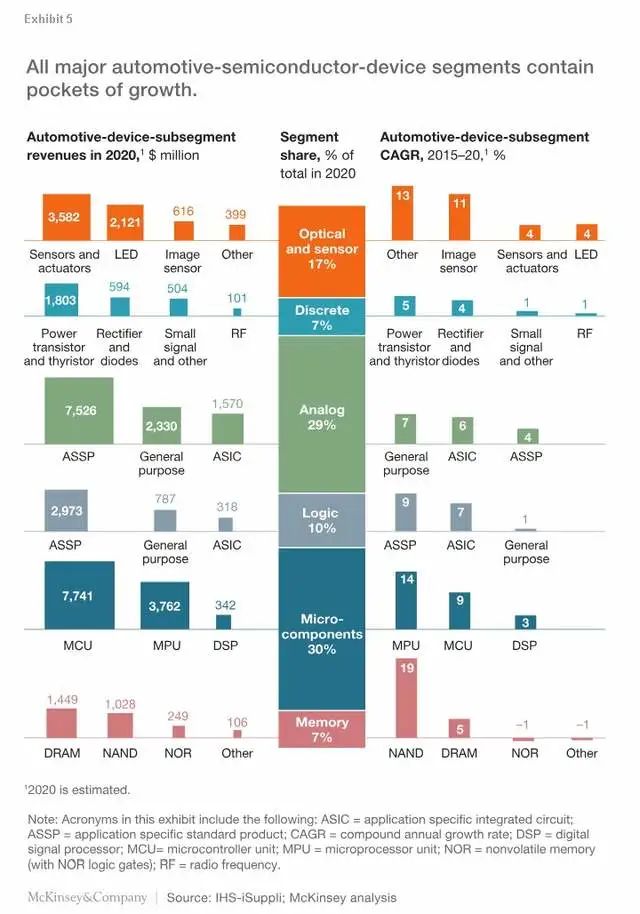
▲ Figure 6. McKinsey’s Previous Analysis of Automotive Chips, Now RevisitedIn summary, I believe that investment and development in automotive chips should be viewed over a longer cycle. Currently, most foreign semiconductor companies are increasing their investments with government support, both to meet the demand for localized production amid a phase of “de-globalization” and to develop and invest in response to the changing needs of smart electric vehicles. In the short term, it is indeed very difficult for domestic automotive chip companies to achieve returns.